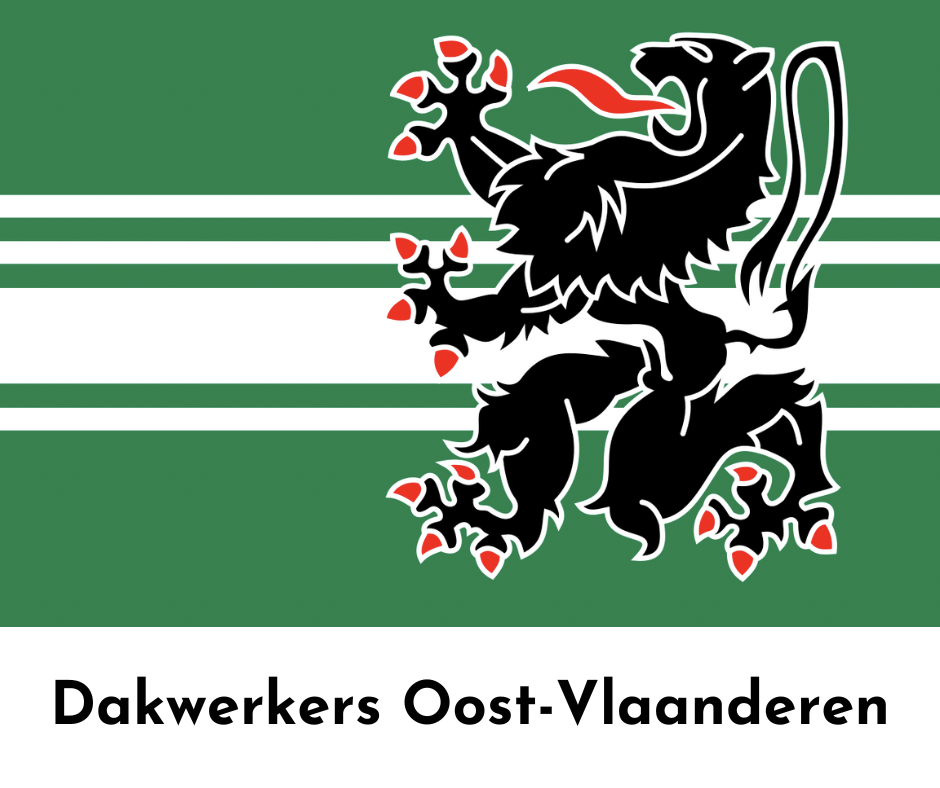Introduction
East Flanders, a province nestled in the heart of Belgium, is renowned not only for its rich cultural heritage but also for its diverse architectural styles. One of the most intriguing aspects of this architectural tapestry is the evolution of roofing styles throughout history. From medieval structures to modern buildings, roofs tell a story about the region's climate, materials, and cultural influences. In this article, we will embark on a detailed exploration of roofing styles in East Flanders, examining their historical significance and evolution over time.
Exploring the History of Roofing Styles in East Flanders
Roofing has always played a critical role in architecture, providing shelter and protection from the elements while also serving as an aesthetic element that contributes to a building's character. The history of roofing styles in East Flanders reflects not only local construction practices but also broader European trends.
1. The Significance of Roofing Styles
Why do roofing styles matter? Well, they are more than just a protective covering; they represent a blend of artistry and engineering that has developed over centuries in response to environmental conditions and societal needs. For instance, steeply pitched roofs were common in regions with heavy snowfall to prevent accumulation, while flatter roofs might be seen in warmer climates where drainage was less of an issue.
2. The Influence of Climate on Roofing Designs
East Flanders experiences a temperate maritime climate characterized by mild winters and moderate summers. This climate has significantly influenced roofing designs throughout history. Roofs needed to be durable enough to withstand rain and wind yet aesthetically pleasing to reflect local tastes.
2.1 Historical Weather Challenges
roofing business directoriesWeather patterns have prompted builders to adopt specific styles that optimize performance against the elements:
- Heavy Rainfall: Steep roofs help ensure water runoff. Wind Resistance: Low-slope roofs can minimize wind uplift.
3. Traditional Roofing Materials Used Over Time
In exploring the history of roofing styles in East Flanders, one cannot overlook the materials used by builders throughout different periods.
3.1 Thatch: The Oldest Material
Thatching represents one of the oldest roofing methods known to humanity. Made from dried vegetation such as straw or reeds, thatched roofs were abundant before industrialization brought new materials into play.
3.2 Clay Tiles: A Medieval Staple
Clay tiles became popular during the medieval period due to their durability and fire resistance. Many historic buildings in East Flanders still showcase beautiful clay-tiled roofs today.
3.3 Slate: Elegance Meets Functionality
Slate emerged as a favored material during the Renaissance period due to its aesthetic appeal and robustness against harsh weather conditions.
4. Architectural Influences on Roofing Styles
Architectural movements profoundly influenced roof designs across East Flanders:
4.1 Gothic Architecture: Pointed Arches and Steep Roofs
The Gothic style introduced pointed arches and steeply pitched roofs that not only enhanced structural integrity but also allowed for impressive stained glass windows.
4.2 Baroque Period: Ornamentation Takes Center Stage
With an emphasis on extravagance, Baroque architecture featured elaborate roof designs adorned with decorative elements like balustrades and domes.
5. Regional Variations in Roofing Styles Across East Flanders
Not all roofs are created equal! Various regions within East Flanders exhibit unique roofing characteristics shaped by local traditions and materials.
5.1 Ghent: The City with Gabled Roofs
Ghent boasts iconic gabled roofs featuring intricate brickwork that reflects its prosperous past during the Middle Ages.
5.2 Sint-Niklaas: A Fusion of Old and New
In Sint-Niklaas, you can observe how modern architectural trends coexist harmoniously with traditional styles, creating an eclectic skyline.
6. Modern Innovations in Roofing Technology
As we move into contemporary times, advancements have led to innovative roofing solutions:
6.1 Green Roofs: Sustainability Takes Precedence
Green roofing systems have gained popularity for their environmental benefits—providing insulation while promoting biodiversity!
6.2 Solar Panel Integration
With energy efficiency becoming increasingly important, integrating solar panels into roof designs has become commonplace across many new constructions.
7. The Role of Local Regulations on Roofing Designs
Local building codes often dictate specific requirements concerning materials and design features which influence how architects approach rooftop construction.
8. Preservation Efforts for Historic Rooftops in East Flanders
As cities evolve, there’s an increasing focus on preserving historic rooftops—ensuring that future generations can appreciate their beauty!
FAQs
1. What are some common roofing styles found in East Flanders?
Common styles include gabled roofs, hipped roofs, flat roofs, and mansard roofs often made from clay tiles or slate.
2. How do climate factors influence roofing choices?
Local climate affects material selection; for example, steeply pitched roofs help manage heavy rainfall while flat roofs may work well under drier conditions.
3. What preservation efforts are underway for historic rooftops?
Various organizations work towards restoring old buildings using original materials while adapting them for modern-day use without compromising authenticity.
4. Are green roofs popular in urban areas?
Yes! Many urban planners are advocating for green roof installations as part of sustainability initiatives aimed at improving air quality and enhancing aesthetics.
5. How have technological advancements changed modern rooftops?
Innovations such as solar panels integrated into traditional designs allow homeowners both energy savings potential along with maintaining historical value!
6. Where can I find examples of notable roofing styles?
Historic cities like Ghent or Bruges showcase impressive examples through guided tours highlighting architectural diversity across different eras!
Conclusion
Exploring the history of roofing styles in East Flanders reveals much about human ingenuity intertwined with nature’s demands—a narrative told through various forms spanning centuries! From humble thatched cottages basking under sunny skies to grand castles standing tall against windswept landscapes—each rooftop encapsulates cultural influences reflective not only upon their surroundings but Get more information also upon generations past who shaped them into what they are today! As we look forward toward future innovations fueled by technology blended seamlessly alongside historical preservation efforts—one thing remains certain: Our relationship between structure & shelter will continue evolving beautifully!
